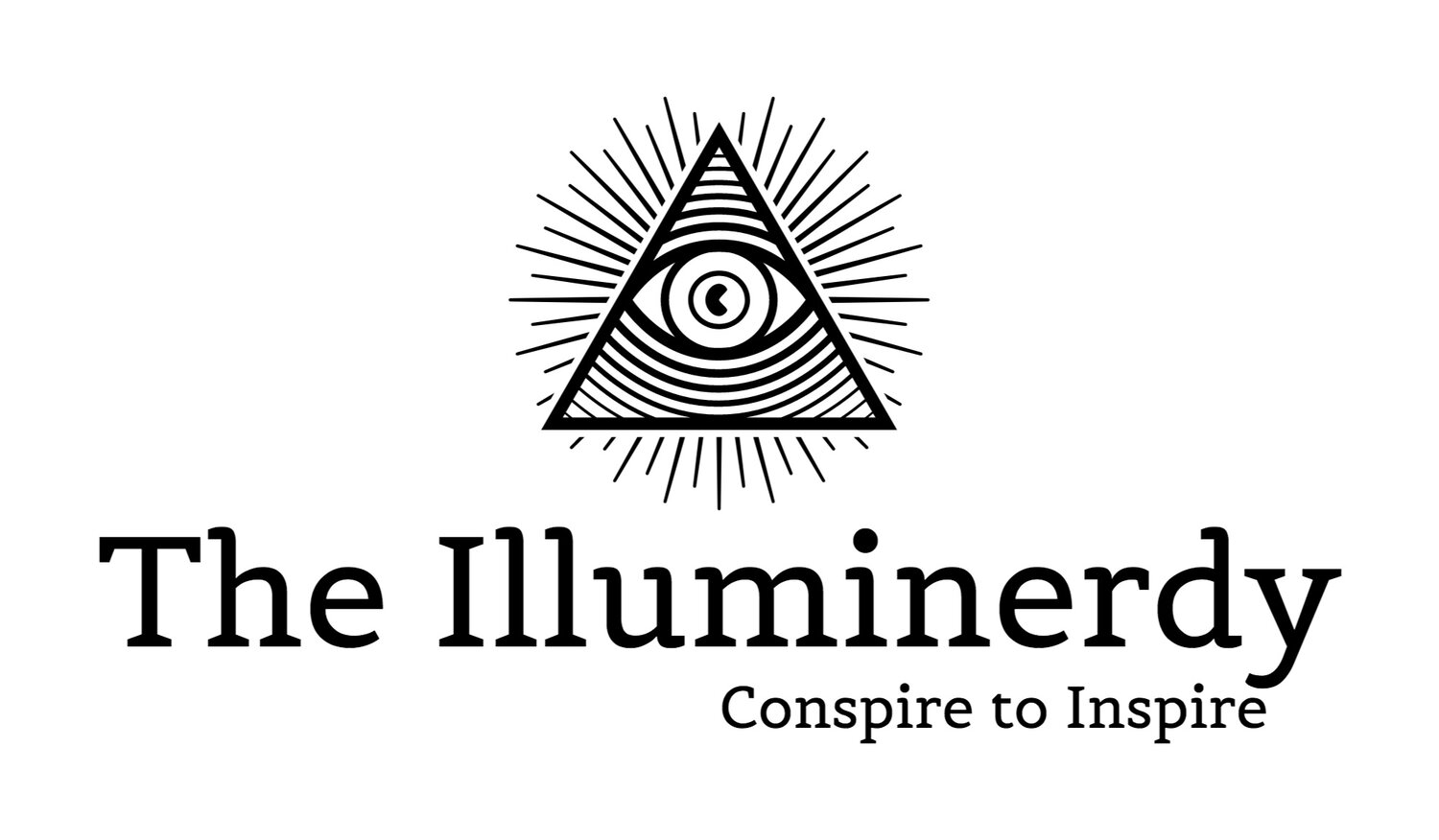As students of the kids of forteana that supply games with interesting plots and drama, it should be no surprise that we're more than a little interested in Witchcraft and its modern expressions, including the Santa Muerte cult that has -- over the last 10 years or so -- become widespread in Mexico and the American Southwest. We've tended to associate this with the similarly umbral (if, perhaps, less explicitly magical) world of espionage, though that's certainly not the only direction you could take the movement for your game. Regardless, it is with some fond familiarity that we return to the subject, since witches in the service of dark Santa Muerte just won't leave us alone.
The Sinister Secret of San Benito
A few weeks ago, a statue of Santa Muerte appeared in a municipal cemetery (and then moved itself a few yards into the shade) in the Texas border town of San Benito, sparking initial protests from local residents largely focused on the idea that the idol was not appropriate for display on public land. The police waved off requests to have the statue immediately removed, either indicating a relatively conservative understanding of the role of the municipal police force or that the law had already fallen under the cult's sway. While the former is almost certainly more likely, the latter makes much more interesting fodder for a game.
According to the San Benito News...
Dr. Antonio N. Zavaleta, a professor of anthropology at the University of Texas at Brownsville and renowned expert on the occult, believes the statue’s purpose is malicious in nature....Zavaleta said [an] owl [at the foot of the statue] is also a clear indication of brujeria, or witchcraft. “It’s a búho, or lechuza – a classic symbol of the witch, and the owl is the witch that takes the form of a person in Mexican-American culture and literally flies to the place where the spell is to be cast, where the harm is to be done to the person."...“Someone, a man or woman, is doing witchcraft for pay,” Zavaleta said. “Somebody has paid the witch; they don’t do it for free and it (witchcraft) could easily go for a couple thousand dollars. So it definitely needs to be removed. The city should remove it, and that should be the end of it.”
Even after the statue was destroyed, Zavaleta guessed...
[The statue was not destroyed] by the person who put it there in the first place....The most probable explanation for its destruction is by a person of religious faith who felt it so offensive that they had to take action. Within the context of the believer, the fact that the statue was not burned but broken up does not in any way negate the effect, in other words it’s still active. Just as it was created ritually it would have to be destroyed by fire ritually in order to nullify its intended effect....For example, in this case it should have been removed to a neutral site and burned with a mixture of salt and alcohol. That would have removed any spell associated with it.
Occult San Benito
The place where the statue appeared is not without its own potential occult significance. The San Benito who serves as the town's namesake is really a Saint Benjamin...who, like Santa Muerte, is not really a saint at all: charitable local rancher Benjamin Hooks. Hooks was evidently loved by all, but none more than 90 year old camp cook Rafael Moreno, who suggested that the town change its name from "Diaz" to honor him sometime between 1904 and 1911.
Since we're already talking about ritual magics (or magicks), let's suppose for a moment that Moreno's suggestion was part of a working designed to bestow divinity rather than simply recognize a town father -- your choice on whether it's southern hoodoo, a pre-Colombian Mayan ritual enacted by a priest of a secret order (Moreno), or some other source of weirdness that would fit into the established narrative of your game.
The placement of the Santa Muerte in a location charged with mystic assumed divinity must, therefore, be assumed to have been intentional -- perhaps a working meant as much to empower the counterfeit Saint of Death as it was to attack any particular person. Still, in the context of a larger war of black magic and forgotten rituals, it may be no coincidence that the Sanbenito was one of the symbols of the Spanish Inquisition.
...which nobody expects, except the Illuminerdy.

